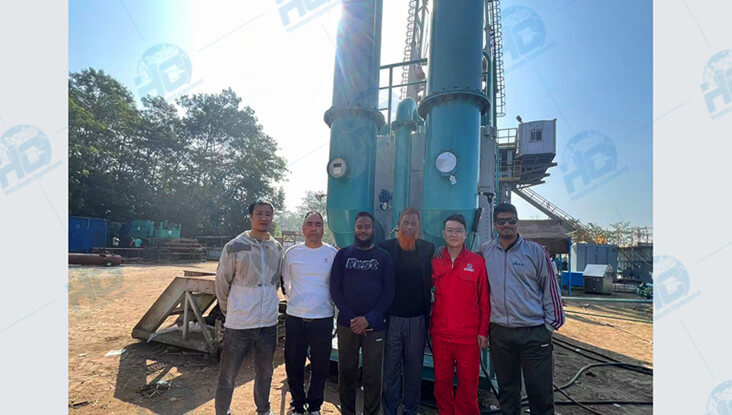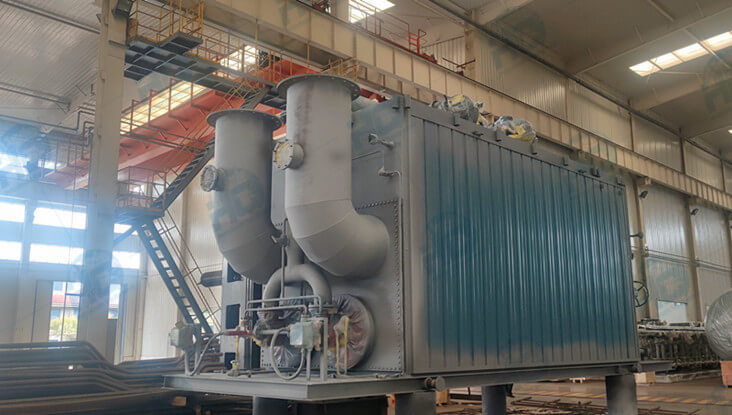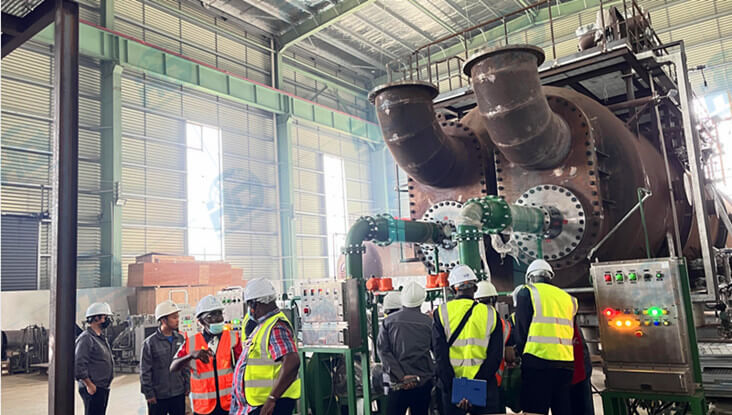The Middle East and Africa remain two of the most dynamic regions in the global oil and gas industry. With abundant resources, challenging environments, and a wide range of project scales — from national oil company mega-developments to independent marginal field operators — the demand for effective and robust separation solutions is constant.
At HC, we’ve worked with clients across both regions, supporting early production facilities, modular processing units, and full-field development packages. Based on our experience, here’s a breakdown of the oil and gas separation equipment configurations most commonly adopted in these markets.
1. Three-Phase Separator + Surge Vessel (Standard Setup)
This is by far the most common configuration in the region, used for both onshore and mobile skid-mounted facilities. A three-phase horizontal separator efficiently separates oil, gas, and produced water. A surge vessel downstream stabilizes liquid flow and provides residence time for better oil-water separation.
In hot climates like Saudi Arabia or Nigeria, where gas volumes are high and water cut varies, this setup provides a reliable foundation.
2. Heated Separator Systems for Heavy or Emulsified Crudes
In parts of Algeria, South Sudan, and Oman, operators often deal with heavy crude or chemically stabilized emulsions. In such cases, HC provides integrated separation skids with electric or indirect-fired heaters, chemical injection modules, and coalescing internals.
Heating enhances separation efficiency, especially when combined with well-engineered internals. These packages are designed to operate under high temperature and corrosive service conditions, with materials selected according to site requirements.
3. Modular Skid Packages for Early Production Facilities (EPF)
Quick deployment is often critical in Africa, where logistical challenges and remote locations demand plug-and-play solutions. HC’s modular EPF packages — including 3-phase separators, flare knock-out drums, choke manifolds, and storage tanks — are skid-mounted, pre-wired, and factory-tested for fast commissioning on site.
For example, in a 5,000 BOPD early production project in Ghana, HC supplied a complete modular separation system that was up and running within 7 days of site arrival.
4. High-Pressure Sand-Handling Separators for Unconventional Wells
In regions like Egypt's Western Desert or Kenya’s exploration blocks, sand production is a concern. HC integrates sand removal capabilities into its separators, combining sand jet systems and cyclonic desanders upstream to protect downstream equipment.
These systems are particularly relevant for high-rate gas-condensate wells and early flowback operations.
5. Customization Is Key
One key insight we’ve learned across Middle Eastern and African markets is that no two projects are exactly alike. While the equipment categories may be similar, the sizing, control philosophy, materials, and even layout requirements vary significantly based on operator preference, environmental standards, and oil characteristics.
HC works closely with project engineers and EPC contractors to provide tailored solutions that balance performance, cost-efficiency, and reliability.
Let’s Talk
Whether you’re planning a new EPF in East Africa or upgrading your separation train in the Gulf region, HC can support you with proven designs, rapid manufacturing, and region-specific experience.
Contact our team to discuss your separation system needs — we’ll help you build the right configuration from the ground up.
-
2025 / 11 / 01
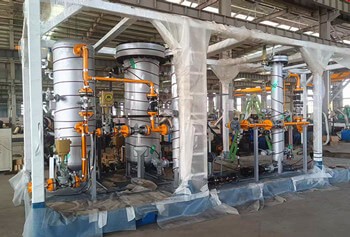 HC Successfully Delivers Gas-Liquid-Sand Separator for Xinjiang Oilfield Project
HC Successfully Delivers Gas-Liquid-Sand Separator for Xinjiang Oilfield Project -
2025 / 08 / 20
 HC Successfully Delivered Filter Coalescer Skid to Malaysia
HC Successfully Delivered Filter Coalescer Skid to Malaysia -
2025 / 08 / 12
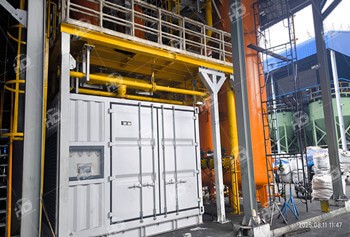 Thailand Sulfur Removal Unit Commissioned for Natural Gas Processing Plant
Thailand Sulfur Removal Unit Commissioned for Natural Gas Processing Plant
- +86 158 6190 3617








